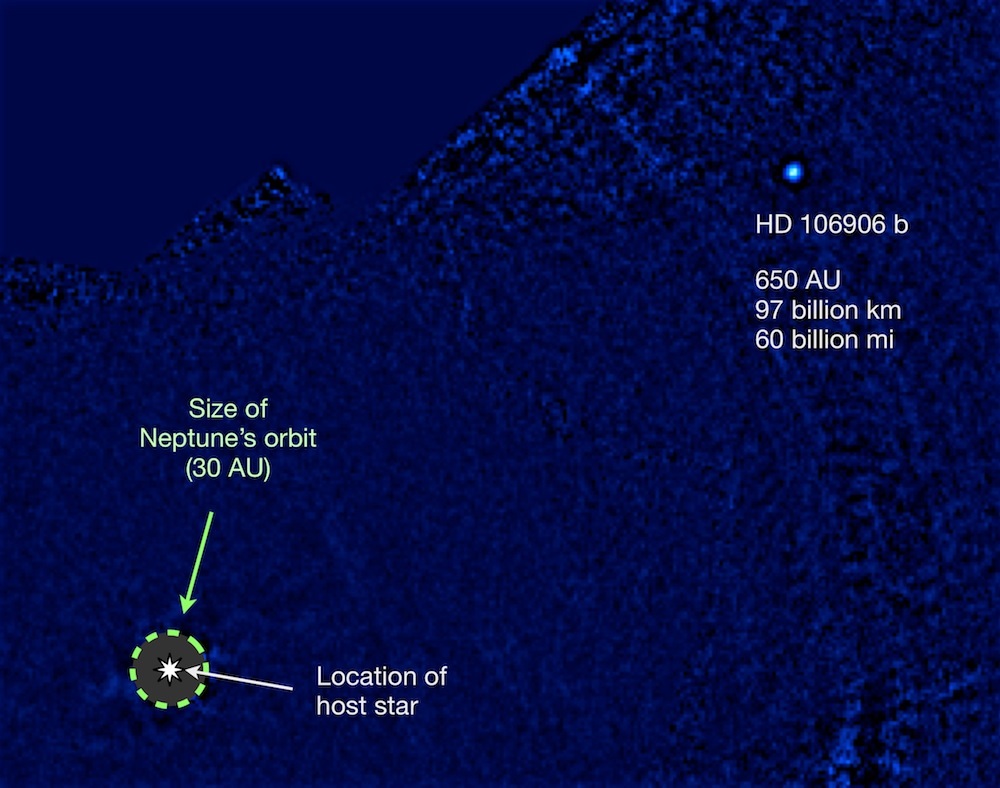

The planet being called “Fat Jupiter” is 11 times bigger than our own solar system’s biggest planet, but that’s not the most remarkable thing about it. The newly discovered planet orbits 60 billion miles from its star, or more than 16 times the distance Pluto is from our own sun. Scientists believe it may have been kicked out of its regular orbit and thrown into exile at the edge of its solar system.
Fat Jupiter, formally known as HD 106906 b, was discussed at last week’s Extreme Solar Systems conference on exoplanets, or planets outside our solar system. Much of the research being done on exoplanets uses the Kepler space observatory, which is operated by Ball Aerospace in Boulder. Kepler was launched in 2009 with the mission of looking for exoplanets.
Doug Duncan, director of the Fiske Planetarium in Boulder, joined Colorado Matters host Ryan Warner to talk about the discoveries of Fat Jupiter and other planets outside our solar system.








